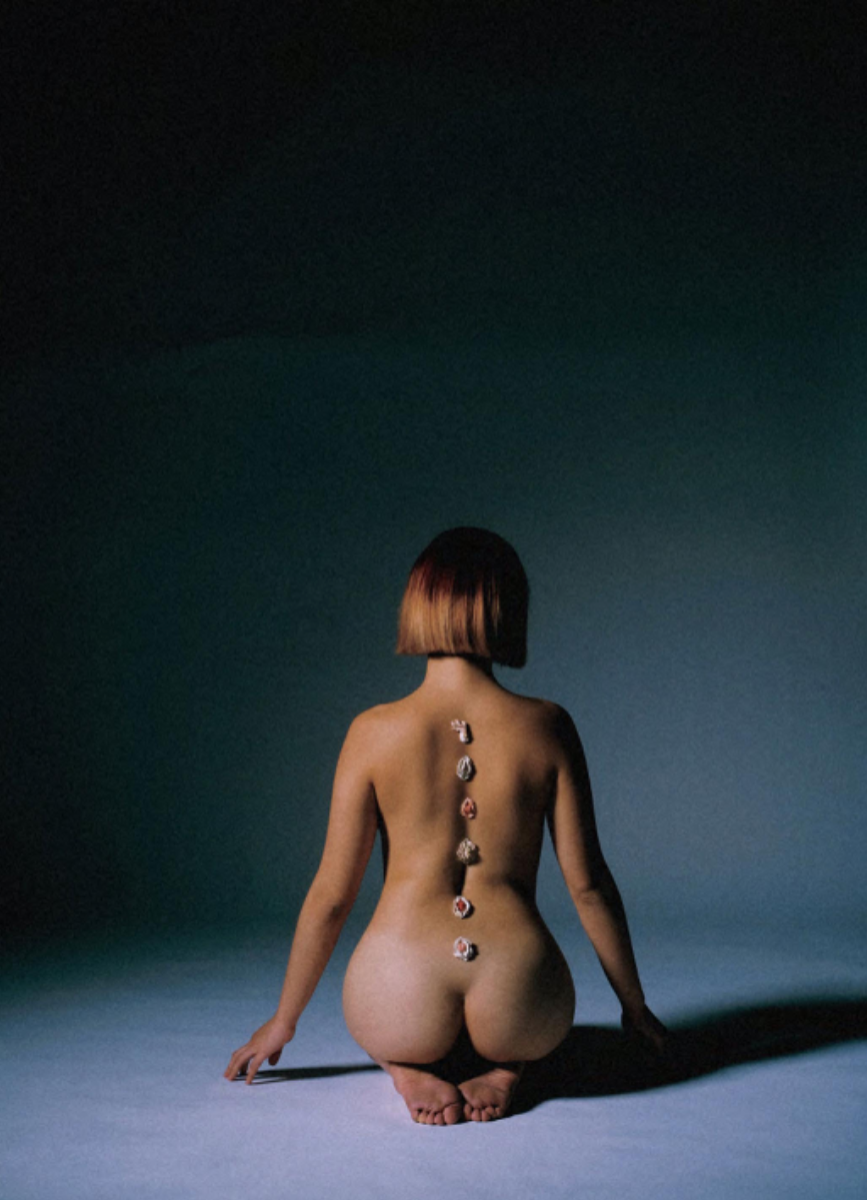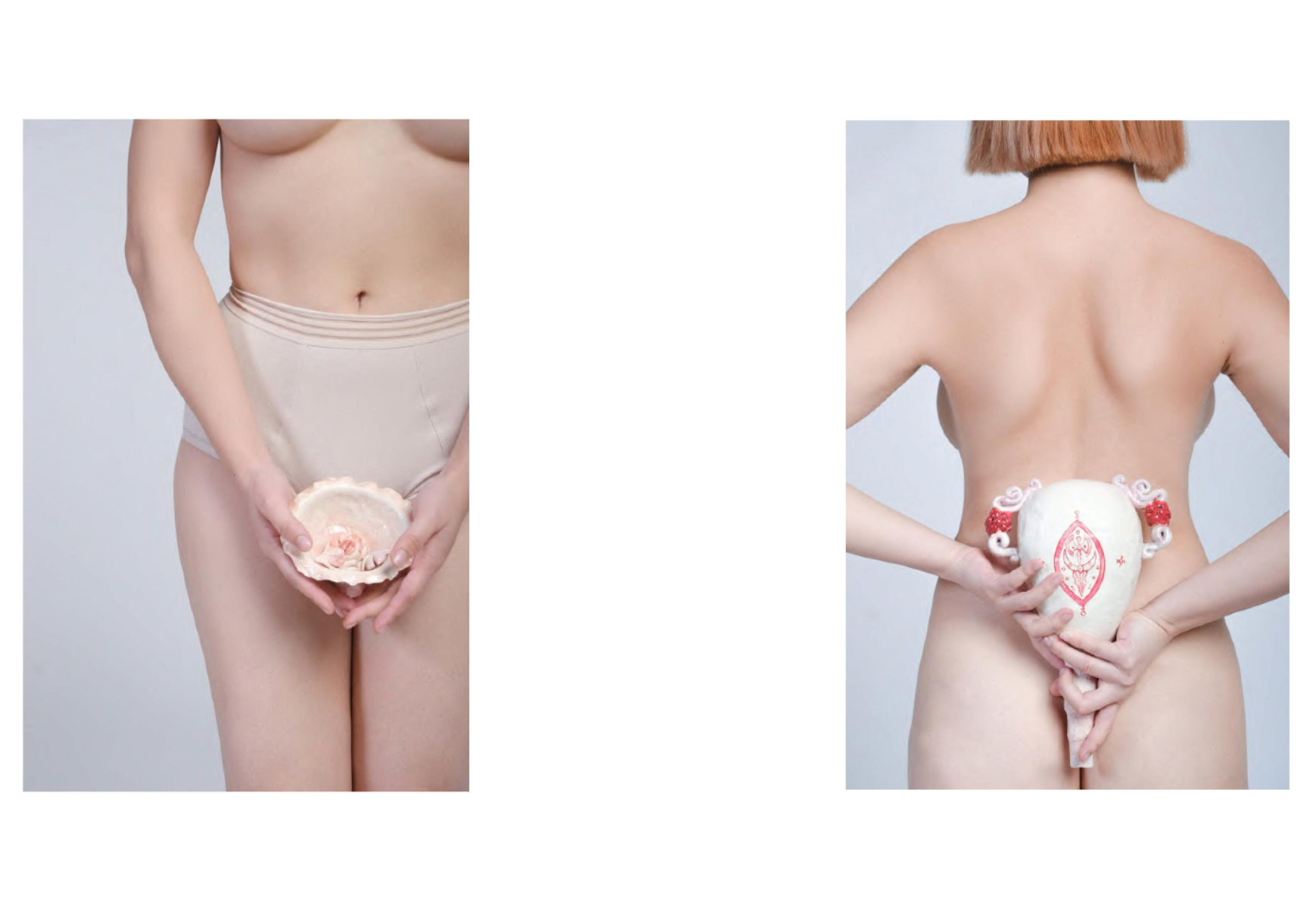Yunjie Huang
Illustration MA
Camberwell College of Arts UAL
Specialisms: Ceramics / Illustration / Installation/Sculpture
Location: London, United Kingdom


Yunjie Huang

First Name: Yunjie
Last Name: Huang
Specialisms: Ceramics / Illustration / Installation/Sculpture
Sectors:
My Location: London, United Kingdom
University / College: Camberwell College of Arts UAL
Course / Program Title: Illustration MA
About
After completing her undergraduate studies in industrial design, Yunjie was honoured a distinction degree of MA illustration at Camberwell College of Arts. Her projects are mainly related to feminism, inequality and the power structure of society. She tries to explore a way of self-empowerment in personal life experience by researching the history before patriarchy replaced matriarchy.From the artefacts of goddess-worshiping cultures in Neolithic and Bronze Age Europe, she found her interest in ceramics because pottery was a ritual process in those cultures. She uses different clay to rebuild the new symbols of the goddess. Porcelain is one of her favorites due to its plasticity and ability to build thin and tiny details. During the creation, she resonated with the spirit of ancient partnership wisdom and felt empowered. She hopes to reconstruct the viewer’s sense of the female body and the life-creating power within it as sacred. She creates an intimate interaction between the human body and the ceramics.
In an attempt to reconceptualise the female body, I combined ancient European goddess symbols with modern biological and anatomical findings on the female body and created my own set of goddess symbols. According to archaeologists’ interpretations of the symbols of the goddess on Neolithic artefacts, they are either exaggerated symbols of the human body (especially the reproductive organs) or simplifications of natural beings. I then restored these symbols to their original state and recreated them according to my interpretation. The process of painting is a ritual to strengthen my confidence and productivity. In addition to recreating the symbols of the cult of the goddess in a graphic and illustrative format, I also materialised them in ceramic, making them portable and accessible amulets. The flower-like shape and glossy surface give it an organic appearance. From the clay to the final product, I can feel my spiritual vitality and the physical body becoming one. When I carry these amulets, I am empowered because I feel the harmonic unity of woman, Goddess and nature. The ancient Europeans revered the power of the womb to create life. The womb of the earth is what nurtures our lives and when we die our bodies return to the earth, waiting to be reborn. The tombs were built in the shape of the wombs of the Goddess. Death is not a gruesome end in their eyes, but part of the cycle of birth-deathresurrection. I have used this as inspiration for my sculpture of the womb fountain. The surface of the fountain is painted with butterfly, bullhead, vulva, womb, snake, v-shaped and puddle motifs from the Neolithic civilisations of ancient European goddesses. The water circulates within the fountain, symbolising the power of the cycle of life in nature. I also hope to reconstruct the viewer’s sense of the female body and the life-creating power within it as sacred. As such, I collaborated with other artists on a photographic project titled’ the body is a sacred shrine’ creating an intimate interaction between the models and the ceramics. I believe if we reconceptualised the female body from an object dominated by men to a sexual and spiritual power, it will be a key catalyst to the shift towards a modern partnership society project. The highest power is the power to give, nurture, and illuminate life, both woman’s and nature’s life-giving and sustaining powers are sacred. The Goddess is a reflection of the collection of feminine powers in the spiritual realm, and the Goddess is a reflection of both nature and ourselves. The process of reawakening our belief in the Goddess is therefore also a process of rediscovering the power of love in our bodies. When our bodies are empowered, our spirituality is also filled with power.
Competitions






















